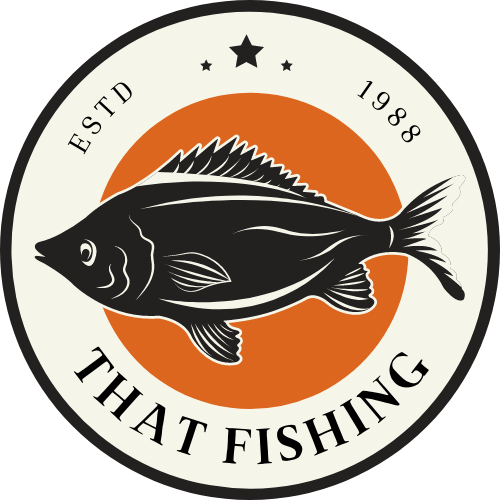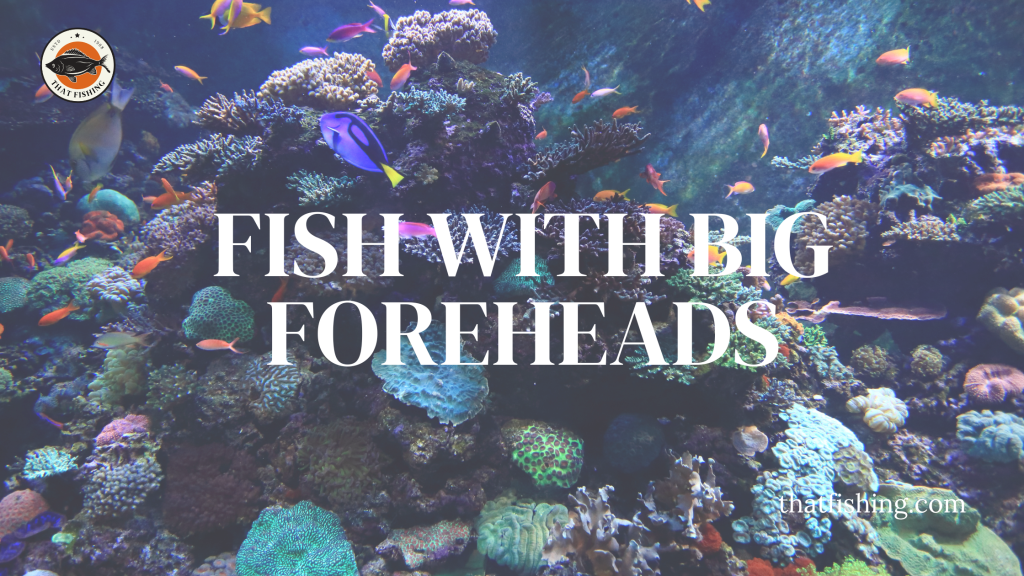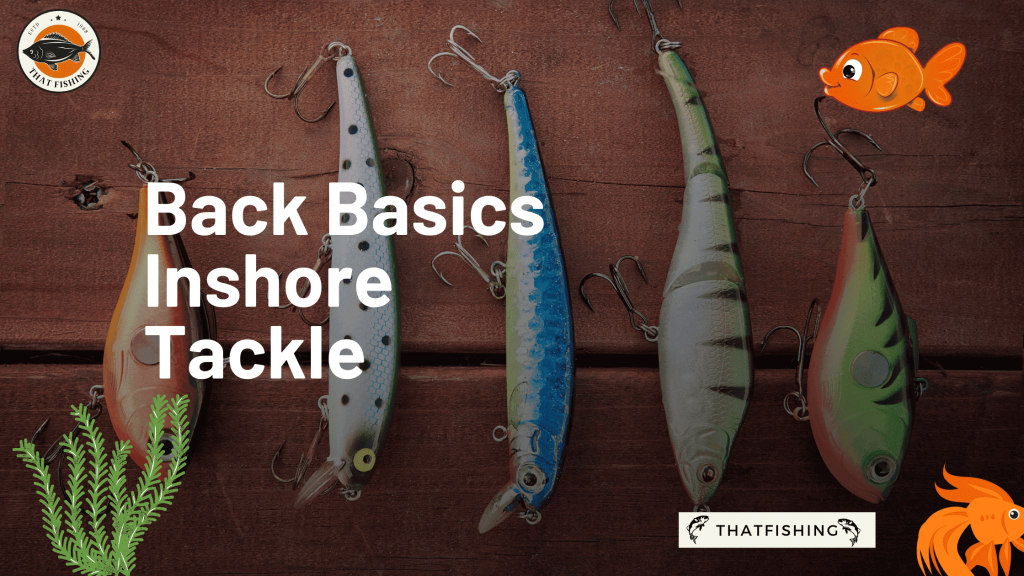Fish with big foreheads are rare creatures of the marine universe. You may only be confronting them occasionally during fishing. However, according to the professionals, they are common for scuba divers.
If you are still willing to catch one, be patient and go through this content. Here are some fun facts about the peculiar fishes and how they look.
An avid angler needs to know about the unique features of multiple species. These varieties with comparatively bigger foreheads are worth mentioning.
Top 10 fishes in a nutshell
Here are the top 10 varieties of fish with big foreheads, sizes, and lifespans. It will be incredibly helpful for beginners and water sports lovers.
| Sr.No | Scientific Name | lbs | Size | Life span |
| 1. | Delphinapterus leucas | 3530 lbs | 5.5 m | 35 to 50 years |
| 2. | Bolbometopon muricatum | 165 lbs | 1.5 m | 40 years |
| 3. | Cheilinus undulatus | 420 lbs | 2.29 m | 30 to 50 years |
| 4. | Amphilophus citrinellus | 2.5 lbs | 1 ft | 10 to 12 years |
| 5. | Coryphaena hippurus | 30 lbs | 1 m | 3 to 4 years |
| 6. | Carassius auratus auratus | 2 lbs 10 oz | 20 to 31 cm | 8 to 15 years |
| 7. | Amphilophus hybrid | 2.20 lbs or more | 11 to 12 cm | 10 to 12 years |
| 8. | Physeter macrocephalus | 17 lbs | 12 to 18 m | 60 years |
| 9. | Opisthoproctidae | 2 to 5 oz | 6 inches | 60 years |
| 10 | Blenniella gibbifrons | Not Found | 9 to 12 cm | 5 years |
1. Beluga Whales
You may find this white or whitish-grey colored marine creature in freshwater or saltwater. Moreover, the most distinguishing feature of this giant mammal is its fatty forehead and ravishing color.
This overgrowth of overhead is due to a specific organ known as melon. The fatty issues inside this organ are responsible for different expressions of Beluga whales.
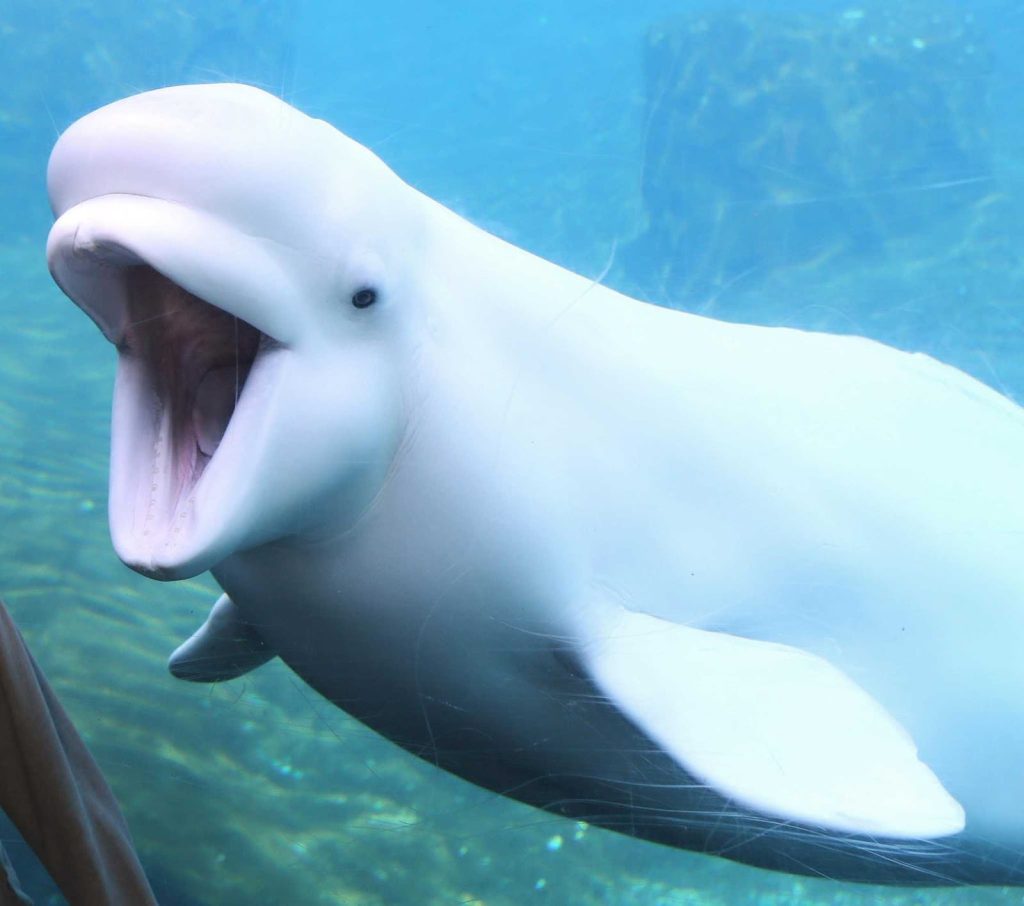
They are very social and generally move in a group of 10 to 100.
2. Green Humphead Parrotfish
Green Humphead Parrotfish is the largest parrotfish you can find. The Indian and the Pacific Oceans are the places to get it. The distinguishing feature is the largemouth, which looks almost like a parrot’s bill. It has gained its name due to this unique appearance.
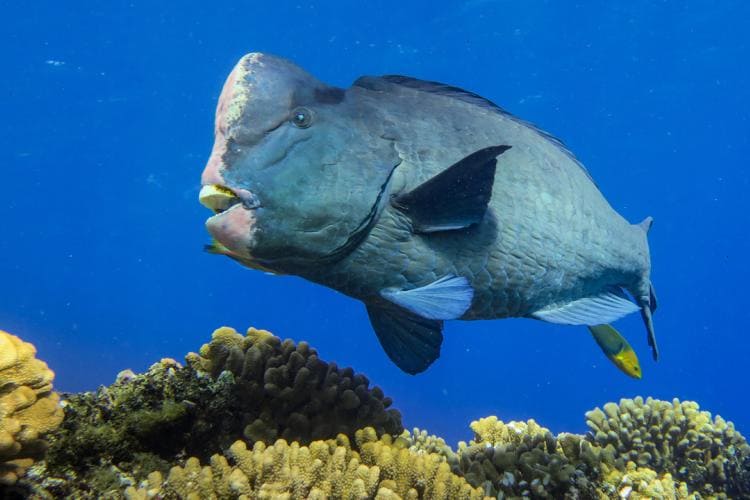
Moreover, these species have no food competition as they mostly survive on corals. The colossal hump is the defensive weapon for the fish. Thus, along with the enormous foreheads, it stays in an advantageous position due to the hump.
3. Napoleon Fish
This gargantuan fish is purplish-blue or greenish-blue in color. Coral reefs of the Eastern African coast, such as Madagascar and some specific parts of the Pacific Ocean, are the primary habitat of this massive marine beast.
The unusual name of this fish comes from the enormous forehead resembling the hat of Napoleon The Great.
Moreover, thick lips and prominent black lines behind the eyes ensure steady movement of the fish. You may also decorate your aquarium with this distinct species.
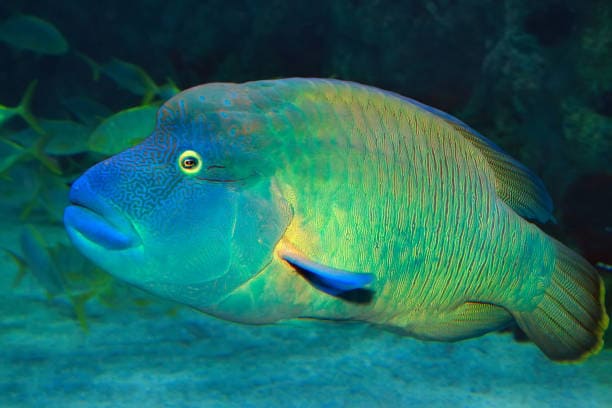
The average cost of one sack is around $250.
4. Midas Cichlid
The fish is gray after birth. Later on, the color changes interestingly as it grows. However, aggressive creatures cannot stay in groups.
Many people favor it as an excellent addition to the aquariums. The price is around $50.
San Juan River and Costa Rica are the familiar places to find Midas cichlid.
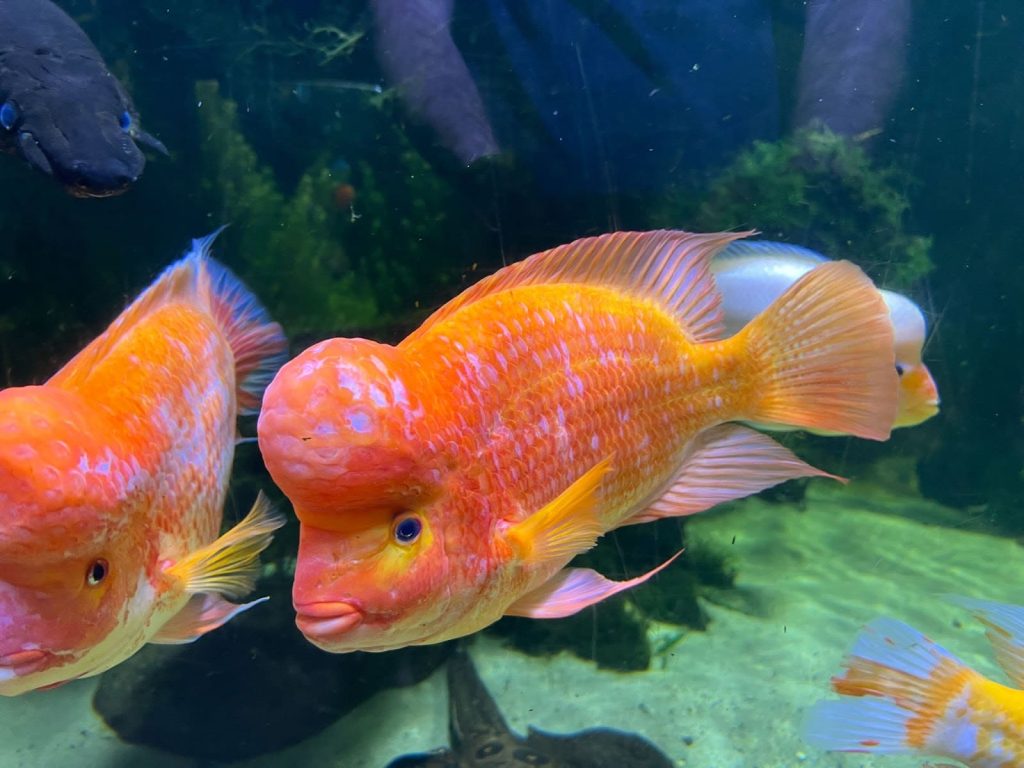
You can identify the sex of the creature through the nuchal hump of the foreheads. This is a massive outgrowth in males, while not so big in females.
5. Dolphinfish
The most peculiar trait of Dolphinfish is its incredible speed. It covers around 60 miles in an hour underwater, being the fastest creature in the marine world. Although its name is derived from a dolphin, its appearance does not resemble the mammal.
The females bear rounded foreheads, while the males have protruding ones. Furthermore, the prominent mouth and forked-tail fins are prized possession for aquariums.
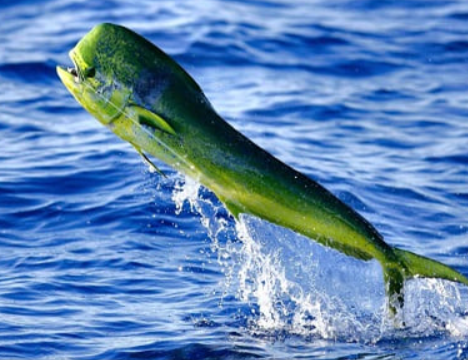
The saltwater fish is found mainly in tropical and subtropical regions. You may also call it Mahi-mahi.
6. Oranda
Oranda is a distinct goldfish with a captivating orangish-golden hue. Moreover, the unique forehead structure resembles a bubble-like crown. The heavily grown organ almost covers the entire face and eyes of the fish.
They are available in multiple attractive colors, besides orange, like blue, chocolate, black, and red.
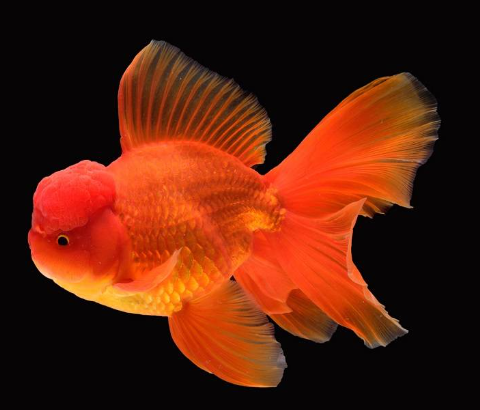
You can breed them in aquariums or small ponds, not natural water bodies. The average price is $153.
7. Kamfa
Kamfa is often regarded as a Kamfa flower horn and is a hybrid species. The scientific name is flower horn. Due to the mixed species, Kamfa is not given a separate biological name.
The ornamental creature has a distinguishing nuchal hump and a square body. Composed of soft tissues, this hump makes the fish highly energetic, especially during the breeding season.
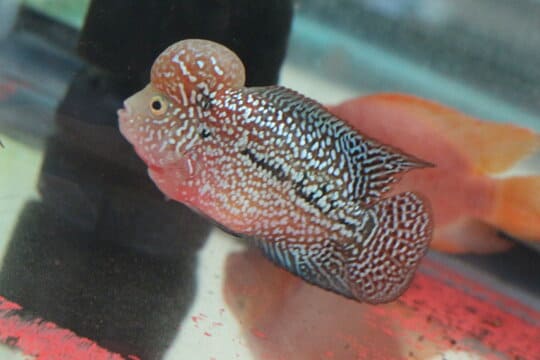
The breeding can take place as a crossover in private ponds or aquariums. Natural bodies are not suitable for rearing them. $150 is the usual price for one pack of Kamfa.
8. Sperm Whales
Sperm Whales is a magnificent marine animal considered the largest among toothed whales. Almost one-third of the greyish body is made up of the gigantic forehead. The shape is due to the presence of spermaceti organs. They are two sacs filled with oil.
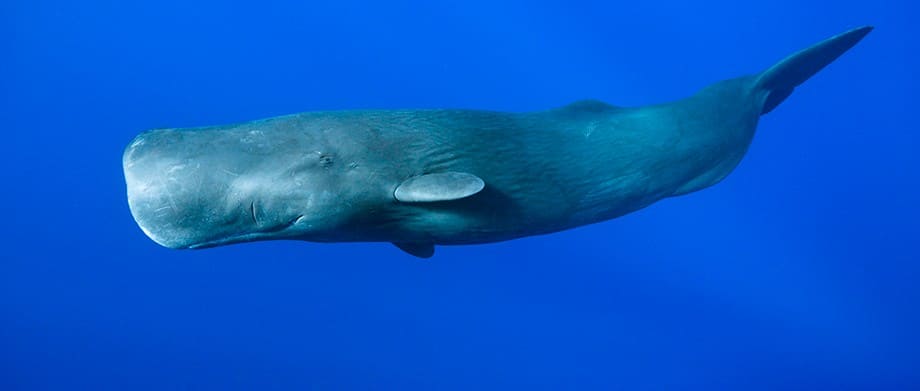
Sperm Whales are found in deep ocean waters stretching from the Antarctic and Arctic to the park ice edges.
9. Barreleye fish
Temperate waters and deep seas are the usual habitats of this fish. The favorite locations include California coasts, the North Pacific Ocean, and the Bering Sea. It has a canopy-shaped transparent forehead, facilitating easy navigation.
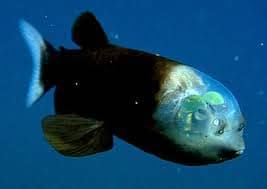
The transparency is due to the silvery scales. Sometimes, you may also find them in brown.
10. Hump-Headed Blenny
Shallow water and reef flats are the typical habitats of this fish. Mostly found in regions of the Pacific and Indian Oceans. The rare species is not a huge creature but is characterized by a prominent forehead.
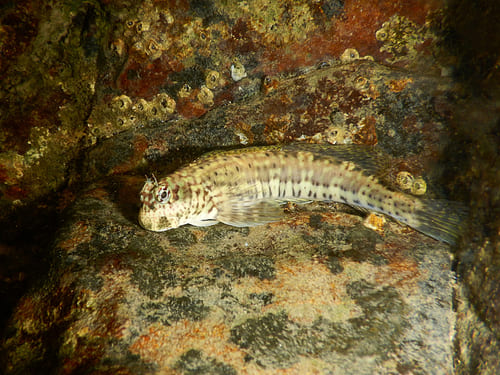
Interestingly, they are more comfortable staying with other species rather than their family members. These fishes are not very colorful but can be a great addition to your aquarium.
Related Reads:
Conclusion: Fish With Big Foreheads
The fish with big foreheads are thus incredible creatures found in massive water bodies. However, the breeding of many of them can take place easily in your aquariums.
Are you interested in picking any of these fabulous animals with giant foreheads? Connect with the experts. Keep a watch on our page for more exciting updates.
